Canon EOS R7 Review
Dustin Abbott
September 26th, 2022
The new Canon EOS R7 is an important addition to Canon’s mirrorless lineup for multiple reasons. First of all it (along with the simultaneously releases R10) help bring APS-C to the Canon RF mount, where lenses like the new 18-150mm F3.5-6.3 IS STM (which I simultaneously reviewed) will carry the designation RF-S. Secondly, the EOS R7 is a spiritual successor to the Canon EOS 7D series, the latest of which (the 7D Mark II was released all the way back in November 2014). The 7D series was prized by sports and wildlife photographers for its “blazing” 10 FPS (frames-per-second) burst and robust 65 AF point focus system. It sported a 20.2 MP APS-C sensor. In essence it brought some of the sporting goodness of the 1Dx series to APS-C at a much more affordable price.
The EOS R7 does the same, porting a lot of the same focus technology and the burst rate of the powerhouse Canon EOS R3 (my review here) into a much more compact, affordable APS-C sensor-driven body. But now instead of 10 FPS we have a 15FPS mechanical shutter but up to 30 FPS electronic shutter burst rate. Instead of 65 AF points, we have 651 focus zones spread across the entire frame. Instead of a 20MP sensor, we now have a 32.5MP sensor which is the highest resolution APS-C sensor that I’ve ever tested. Put simply, there are a lot of good things coming together in the R7 that will undoubtedly make it a very popular camera.
There are a few potential flies in the ointment, however. As with some other fast burst-rate APS-C cameras (like the Fujifilm XT-3 and XT-4), the relatively shallow buffer depth means that those bursts won’t last very long before the camera has to stop taking photos to write to the buffer. There are also relatively few lens options in a native RF-S mount, meaning that you are largely going to be dependent on either full frame RF lenses or adapting EF/EF-S lenses at least initially. I used an RF L series lens (RF 24-105mm F4L IS USM) for my tracking tests so that I could utilize a more robust AF system in the lens to give the camera a better test.
Canon seems like they are going to aggressively limit third party lens options on the Canon RF platform, with first Samyang AF lenses being pulled and now a more recent Viltrox option (the 85mm F1.8 STM lens that I reviewed here) has been pulled after Canon allegedly threatened them with litigation if they didn’t stop designing and selling RF mount lenses. We’ve seen no Sigma or Tamron lenses on Canon RF, and the fact that Tamron has recently announced a coming Nikon Z mount lens without an accompanying R-mount lens is a pretty strong indication that they’ve gotten the same word. That’s a potentially critical blow, as only two RF-S lenses have been announced alongside the R7 and R10, and both of them are kit-type variable aperture zoom lenses. Canon RF thus far have mostly fallen into one of two baskets: extremely expensive (L series lenses) or extremely compromised (most non-L lenses) with limited feature sets and lackluster AF systems.
Canon’s development for their first APS-C mirrorless platform (the EOS M system) isn’t overly inspiring. That system is ten years old and never reached 10 native lenses. Three of those were kit lenses, only 3 of them were primes, and only one prime lens (32mm F1.4) is considered optically exceptional. Canon could doom its exciting new camera bodies by another policy of underdevelopment of lenses, particularly if they maintain the policy of barring third party lensmakers from helping to fill the gaps. My general feeling about Canon over the past two years is that they are developing great camera bodies (I love my EOS R5!) but then crippling them with their lens policies.
I understand that this feels somewhat like a rant, but I do think the discussion is relevant when you are considering a new platform to adopt. If Canon wants the RF-S mount to flourish, they absolutely have to equip it with excellent lenses at a variety of price points…particularly if they continue to exclude third parties from helping fill that void.
Big picture concerns aside, let’s zoom into the performance of this excellent camera which comes to market at a price point of $1499 USD for the camera alone or $1899 with the very useful 18-150mm IS lens (giving a $100 savings on the lens when buying in kit). Should you consider purchasing the Canon EOS R7? You can either watch my video review or read on to find the conclusions to my various tests.
Follow Me @ YouTube | Patreon | Instagram | Facebook | DA Merchandise | Flickr | 500px
Thanks to Camera Canada for getting me a loaner of the EOS R7. If you’re in Canada, check them out for a reliable online retailer.
Canon EOS R7 Build and Features
Some of the key features of the new EOS R7 are broken down here:
- 32.5MP APS-C CMOS Sensor
- Dual Pixel CMOS AF II
- 4K60 10-Bit Video, HDR-PQ & C-Log 3
- 30 fps E. Shutter, 15 fps Mech. Shutter
- 2.36m-Dot OLED EVF
- 1.66m-Dot Vari-Angle Touchscreen LCD
- Sensor-Shift 5-Axis Image Stabilization
- Dual UHS-II Memory Card Slots
- Multi-Function Shoe, Wi-Fi and Bluetooth
That’s an impressive lineup of features in a camera that costs $1500 and certainly gives it some features to boast against the competition. It has a higher resolution sensor than the X-T4 and Sony a6600, faster burst rates than any current Sony APS-C bodies, and higher video specs than Sony bodies as well. The X-T4 is the closest match in terms of specs (though at a $200 price premium), but in practice the EOS R7 easily bests the tracking performance of the X-T4 and has a much more intuitive focus system in general. I’ve used all of the primary competitors to the EOS R7, and if we are simply talking about a camera in isolation, I would take the EOS R7 over any of the competitors. *I don’t refer to Nikon options in my review because I don’t test Nikon and simply am not familiar with their offerings. It’s not an intentional slight.
The EOS R7 ticks nearly all the boxes that I would reasonably expect to see on a camera like this and in a body that feels more comfortable in my hand than any of the main competitors. Most noticeable is the depth of the grip (91.7mm/3.6”) which fits into my hand very nicely and makes it far more likely that I could easily support a heavier lens attached to the body. This is a massive difference from either the Fuji X-T4 (63.8mm) or the Sony a6600 (69.3mm). In fact, the EOS R7 is most similar in body size to the Canon EOS RP full frame model, with an identical width of 132mm (5.2”) and with the EOS R7 being slightly taller at 90.4mm (3.6”) vs 85mm (3.3”) for the EOS RP. The RP has a grip depth more similar to the Fuji and Sony bodies, though, at 70mm (2.8”). The EOS R7 feels a little less substantial than my R5 (138 x 97.5 x 88mm), but more similar in ergonomics to the that camera than to the APS-C competition, which I consider a very good thing. The new EOS R10 is more similar in size to the Sony and Fuji APS-C bodies.
That means that we have an APS-C model that is closer in size to a full frame camera, and whether or not that is a good thing really depends on what your priorities are. If you want to travel every light, the EOS R10 is the lightest of these competitors at just 382g for the body only. Surprisingly, however, the EOS R7 is not much heavier than the Fuji and Sony bodies, with the R7 tipping the scales at 530g/1.2lb with the body only or 612g (1.3lb) with battery and memory cards inserted. The Fuji X-10 weights 526g for the body only and no one would be able to really detect that 4g difference. The Sony is a little lighter at 503g with the battery and memory card (singular) inserted. If your priority is a camera that feels good in the hands and has superior ergonomics, however, the Canon is an easy winner in my estimation.
Those good ergonomics carry on to the controls, which are a mix between the RP and the R6. At the back we have the D-Pad around the Q/Set button, and I always miss the Canon wheel that is there on bodies like the R5/R6 when it is missing. But Canon has also given us something more than what the RP had by adding a new control wheel around the joystick that lies in a similar position to that on the R5/R6.
That wheel is in place of the one typically found on the rear of the top plate, and that typical dial position is now occupied with a new On/OFF/Video switch. The place where the ON/OFF switch typically resides on the left side of the viewfinder is now empty. The ability to switch directly into video mode is a positive one, though you will have to learn to avoid going past “ON” into video mode.
Most of the other controls are similar to many other Canon models, though there is no dedicated magnification button. You magnify via clicking the joystick in (a redundant control on my R5). Most of the typical Canon buttons are there in roughly similar positions with mild reshuffling to suit the unique curves of the body.
Also present is a 3” articulating LCD touchscreen with a 1.62 million dot resolution. This matches what is found on the Fuji X-T4 and bests the resolution on either the a6600 or the R10. Canon’s LCD screens remain the best in terms of touch performance, with very quick reaction times and good sensitivity. Canon’s menu design is also perhaps the friendliest to navigate by touch.
The viewfinder is an OLED electronic viewfinder with a 2.36 million dot resolution. That is lower than the resolution found on the X-T4 and equal to the resolution of the other competitors. It is adequate but not special in terms of resolution, thought it does offer better magnification (1.15x) and good responsiveness. The position of the eyecup is much better than what is found on the a6600 and it is tops in comfort when pressing the eye against it.
The left size port organization is highly similar to many of Canon’s cameras and unfortunately continues the trend of having flaps (hard to keep out of the way) instead of doors that can be smoothly opened (and left open when desired). The selection of ports is superior to the competitors and includes both a headphone monitoring port along with a microphone out. There is a USB Type-C port for communication and charging (PD standard required in the power source, though fortunately that is becoming increasingly ubiquitous). We have a remote cable release port and a micro-HDMI video out. That latter is Canon standard and is rarely anyone’s favorite for the simple reason that micro-HDMI is more flimsy than larger HDMI ports. It’s worth noting that micro-HDMI is the standard in this class, however, which certainly isn’t true of competitors to bodies like R3 and R5.
On the right side of the camera lies the memory card slots, which are covered by an actually door that opens and closes with precision by sliding it towards the rear of the camera where it then releases and opens wide. Inside there are two SD/SDHC/SDXC slots that are UHS-II compatible for increased speed. That matches the X-T4 and beats the single slot found in either the a6600 or R10.
Up front we have a new feature that I hope rolls out into all of Canon’s future bodies, and that is a new dial flanking the programmable button that has traditionally been a depth-of-field preview button on Canon cameras of the past. That dial is an AF/MF switch which allows for a quick, direct way of controlling that function without going into the menus (assuming the lens doesn’t have an AF/MF switch). This could suggest that we won’t see an AF/MF switch on RF-S lenses (that’s true for the first two announced). There’s the standard lens release button, and, if there is no lens in place and the camera is powered off, you’ll see that it has the active sensor protection of the shutter staying down to keep dust off the sensor. This featured was pioneered by Canon on the original EOS R and has since spread to other camera makers.
The top plate is fairly simple. There is no LCD screen as seen on the higher end Canon bodies, but a functional mode dial sits next to the viewfinder. And frankly, between the new video selector switch and this mode dial I think you can actually select what you want to do quicker and more intuitively than on my Canon R5 and it’s more complicated system. The “hot-shoe” is now called a “multi-function shoe” as it is also compatible with recording digital audio through certain mics. There are four different buttons (customizable), the front dial above the shutter and then the nicely responsible shutter button.
As noted in the intro, there is both a manual and electronic shutter option. The manual shutter is rated for 200,000 actuations. I don’t love the sound/action of this shutter as it sounds less “definite” than the shutter on the R5 or R6. You can hear it in action in my video review. The electronic shutter is completely silent (a white square on the viewfinder or LCD pops up showing that an image is being taken). There are a few limitations to electronic shutters that are better mitigated in higher end cameras than what we see here. A slower readout can result in a bit of rolling shutter effect (some slight bending of straight lines when panning), and features like anti-flicker technology and flash photography are not available when the electronic shutter is engaged. I recommend using the mechanical shutter most of the time and using the electronic shutter when you either need the quiet or the additional burst rate speed. One positive is that the mechanical shutter gives an upper limit of 1/16,000th second rather than 1/8000th.
The EOS R7 uses the familiar Canon LP-E6N battery back that is also found in the R5 and R6. This has a capacity of 2130mAh and is rated for 770 shots for the LCD, though it isn’t difficult to exceed that rating. This is very competitive with the competing models we are considering.
The EOS R7 does have some decent communication options including wireless LAN and Bluetooth 4.2. Interestingly, you can plug it directly into a phone with a MiFI-certified cable (USB-C port).
The weather sealing is of the mostly magnesium alloy body is said to be comparable to that found on the 90D, which is to say good but not at the higher levels found on the R3/R5/R6.
The EOS R7 is equipped with Canon’s excellent IBIS (In-Body-Image-Stabilization). This provides a lot of camera shake correction in body and will offer even more when paired with a lens equipped with IS. I used the RF 24-105mm F4L IS, for example, and Canon says that combination is good for up to 8 stops of correction at the telephoto end. I don’t ever achieve that level of correction myself, but I can say that Canon’s system works extremely well. Canon gives a breakdown of how different lenses perform with the IBIS on the R7:
Handheld results for photos and videos show a degree of stabilization that I think trumps what I see from other systems. I definitely love IBIS, and Canon does it as well or better than anyone. Here’s a shot at 1/13th second and 135mm:
One final new feature worth touting is an Auto Level option. This is perfect for those of you who can never quite get the horizon straight in your photos, as the actual sensor will rotate to level when this setting is engaged, assuring that you can level horizons. There are limits to this, obviously, and those limits include extreme tilts (the sensor can only rotate so far) and things like electronic first curtain shutter and high-speed burst rates are disabled. I think most people would consider that an acceptable trade-off for this genuinely useful feature.
Overall I found that I enjoyed using the EOS R7. It feels very good (and familiar) in the hands, though I did have to do a bit of adjusting to the new wheel/joystick combination. It’s ergonomically sound if not familiar, so I think that muscle memory will easily come. Canon does a good job with ergonomics, and the EOS R7 is no exception.
Canon EOS R7 Autofocus Performance
As noted in the intro, the EOS R7 inherits much of its focus system from the EOS R3. That’s not to say that the systems are identical (the imaging system and processing speed isn’t the same even if the raw specs are). This is a Dual Pixel CMOS AF system with 651 AF areas (Canon claims 5915 manually selectable AF points, but that strikes me as more marketing than practical). More importantly the coverage is near 100% of the sensor, meaning that tracking is effortless and not limited by keeping your subject in a certain position in the frame.
Once again I turned to my friends at Jengar Goldens) to supply subjects for my tests as I like to do when testing telephotos and their tracking capabilities. I provide photos for the breeder, and they provide the subjects for my tests. It works out nicely for both of us. I used the Canon RF 24-105L for this session because it has a more robust focus motor than the 18-150mm that I used for most of the review. A better lens choice still would have been either the 70-200mm F2.8L or the 100-500L, but, put simply, those lenses have proven too expensive thus far to end up in my personal kit…so I used what I had! For this particular series of tests I shot 307 frames during the quick test (I was testing multiple pieces of gear during the session) at 105mm. I looked through each frame at 100% magnification and assess it a 1-5 star rating. 5 star being perfectly focused, 3-4 being acceptably focused, and 1-2 being out of focus. 188 of the shots received a 5 star rating, 83 of them received a 3-4 star rating, and 34 received a 1-2 star rating. The vast majority of the misses were when the subjects got close to the camera, which is pretty typical. I also saw several situations where focus got off (typically backfocused) and stayed stuck there without coming back to the fast moving subjects.
That performance wasn’t as strong as what I saw with either the R3, R5, or R6, but the lens could have been a factor. I do suspect that better results could easily be had with a more dedicated telephoto lens. Like the EOS R3, however, I was very pleased with the level of engagement represented in the viewfinder. There was always a clear indicator of where focus and what was being tracked. Eye AF is clearly shown, and I know from experience with these other cameras that this focus system is capable of extremely good tracking performance.
I also shot softball with the 18-150mm, and this slower moving sport proved to be easy for the tracking system to keep up with.
Eye AF worked very well whether it was animal, bird, or human subjects.
I also noted when doing some video work that Canon’s intelligent tracking works very well. If you click on a subject and select it you can easily move around the scene while keeping focus on the desired location.
My autofocus accuracy in general was very good, and while the tracking results were good (that’s a nearly 89% acceptably focused rate), I felt like the perfectly focused results could have been a little better. I would love to revisit the tracking of the camera with a great RF-S telephoto in the future, but right now no such lens exists.
My main negative to report from tracking in terms of my real world assessment was that the EOS R7 suffers from a similar shortcoming to its competitors, namely that the buffer depth isn’t really fast enough to keep up with the amazing burst rate. When shooting RAW files, for example, the rating is for 42 frames, which at 30FPS takes less than 1.5 seconds. You get a little more breathing room when shooting with the mechanical shutter, where you get up to 51 RAW images, and, because you are shooting at 15 FPS, you get over 3 seconds of burst before you hit a buffer limit. Shooting in CRAW (a lossless compressed format which is my go-to on Canon cameras) dramatically improves the buffer depth, with up to 93 shots in electronic (30FPS) mode and 187 when shooting the mechanical shutter. Shooting Fine JPEGs at 30FPS yields 126 shots and that figure jumps to 224 shots when shooting the mechanical shutter at 15FPS. Here’s an official chart from Canon that illustrates the various burst options.
In real world shooting, however, I did notice that buffer limit. The dog sequences often take more than three seconds to track from beginning to end, so I did run into situations where the camera stopped taking images before I was finished with my tracking sequence, and it can take a little time (10+ seconds) before the buffer is cleared and the camera is ready to capture more action. I would definitely recommend A) using a fast memory card (V90 rated) and B) shooting in CRAW or JPEG when capturing high speed action to assure that you capture everything you want. You’ll want to be a little selective on when you push the shutter button, as things do fill up fast. That’s one of the primary places where the higher end bodies (like the R3 and even the R6) definitely distinguish themselves. To be fair, however, the EOS R7 is at least as good as competitors like the X-T4 or a6600 in terms of buffer depth.
All told, this is an extremely good focus system that makes old systems like those found in the 7D Mark II seem very antiquated by comparison in tracking ease. If you can’t get your shot with the focus system in the Canon EOS R7, it’s far more likely to be a problem with the photographer than it is with the camera!
Video Performance
It seems like no camera is complete these days without some degree of advanced video specs, and the EOS R7 is no different. The highlight spec here is that the R7 can record 4K60 video with 7K oversampling due to the high resolution of the sensor. That produces highly detailed footage that is further benefitted from the great autofocus and IBIS system in the camera. Here’s a look at the various video formats available on the EOS R7 (from Canon’s “white paper” on the camera).
We have thankfully passed the era where video recordings were artificially limited at the 29:59 minute mark, so recording will (in theory) continue until the memory card is filled, as shown by this chart.
At higher bitrates where more heat is generated, you might see an earlier shutdown due to heat. It is estimated that this comes no sooner than around one hour, so it is unlikely to be a serious issue for anyone. Canon seems to have found a way to resolve the overheating issues that plagued the EOS R5 initially via firmware, so the EOS R7 almost certainly benefits from that same innovation. There is a Heat Control submenu that gives you options on how you want the camera to handle heat related issues.
As noted, 4K recording is limited to 60FPS, but 120FPS is available at Full HD (1080P) for serious slow-motion work. We would all love to have 4K120, of course, but these video specs are well in line with the competition in the market. The EOS R7 also includes Canon Log 3 (enables a consistent standard for grading) and HDR PQ for higher dynamic range footage. Here’s a frame from some 4K footage from the camera.
One final video positive is that the video position on the On/Off switch enables completely different menu settings and customized buttons from the standard photography position. All in all, the EOS R7 adds a robust suite of video functions to its equally robust stills performance.
Canon EOS R7 Sensor Performance
The Canon EOS 90D and M6 MK II debuted during a time when I didn’t have reliable access to Canon loaners, so I missed out on reviewing either of them, which means that I’ve never tested a Canon APS-C sensor with this high of resolution. I’ve never tested any APS-C camera of any brand with this high of resolution, actually. 32.5 Megapixels is extremely high resolution, and this results in more pixels packed onto a sensor area than any camera I’ve tested before (32.5MP on an APS-C sensor is denser than 100MP on a Fuji medium format camera or the 62MP of a Sony full frame sensor). 32.5MP works out to file dimensions of 6960 x 4640 pixels (3:2 Aspect Ratio). File options include RAW, CRAW, JPEG, and HEIF formats. Here’s a breakdown of the various aspect ratios and dimensions available.
Canon used to offer Medium and Small RAW options but in more recent years has elected utilize their extremely efficient CRAW (Compressed RAW) option, which is a lossless compressed file that delivers both great efficiency in terms of file size but also very high quality. It is my go-to option in my cameras, as a lot of tests over the past few years have demonstrated that it is near impossible to spot any differences from the full size uncompressed RAW options. So, while offering near equal quality, CRAW delivers files that are only about 54% of the size of the uncompressed RAW options. At ISO 100, for example, an uncompressed RAW file will be around 40MB, while the CRAW file is a relatively diminutive 21.5MP. Canon .CR3 “wrapper” is extremely efficient as well, delivering smaller file sizes in general relative to competitor’s RAW files. This certainly helps in mitigating one of the primary downsides of high resolution cameras.
Experience says that there are a few other negatives associated with high resolution, including the fact that flaws are more obvious due to them covering more pixels. This could include things like optical shortcomings in lenses (more obvious chromatic aberrations, image softness, etc…) or something like motion blur due to either movement of the subject or the shaking of hands. Good IBIS can help the latter but not the former, so sometimes you need to keep the shutter speed up a little higher with higher resolution cameras. The final main issue is that diffraction comes earlier on sensors with a lot of pixels packed on them. The antidote to this is to try to keep your aperture at larger rather than smaller sizes. I typically recommend that photographers avoid anything smaller than F11, as F16 and smaller typically delivers images that are obviously softer and lower contrast.
I don’t personally find that any of these potential negatives outweigh the extreme positives of higher resolution, however, and I personally choose to shoot with high resolution cameras almost exclusively. One huge factor on a sports and wildlife oriented camera like this is that larger files allow for deeper cropping while still retaining good resolution and the ability to print or showcase your work. These running puppies are cute, but they are even cuter when zoomed in closer.
How about this landscape shot, where a deep crop allows for a more intimate view of the early morning mist over the rocks while still allowing for about 11MP of resolution left:
There are many ways that having higher resolution is beneficial, and I think Canon made the right call with going with higher resolution on the EOS R7.
My early assumption was that this 32.5MP sensor was the same one in the 90D and M6II, but Canon states that this is a newly developed sensor for the EOS R7. I’m fairly confident that there is some shared architecture, but obviously Canon has made some tweaks to allow for strong performance here. This is a sensor that will allow for good resolution, good dynamic range, and also a fairly strong performance for higher ISO settings.
We’ll break those things down in a little more detail here.
Dynamic Range
I’ve taken to referring to the charts over at Photons to Photos as a quick reference to supplement my own tests. According to them, the dynamic range performance of the EOS R7 is very slightly less than either the Fuji X-Trans sensor (X-T4) and the Sony (a6600) at most ISO settings.
They rate the EOS R7 at a maximum of 10.49 stops, the X-T4 at a maximum of 10.45 stops (the Fuji has a maximum ISO setting of 200, which limits it a bit), and the Sony is rated the highest at 10.97 stops. So, at most, there is roughly a half stop between the EOS R7 and the Sony sensor. It is worth noting that they rate the similar resolution sensor in the 90D and M6 MK II at only 10.06 and 10.08 stops, so that does lend credence to Canon’s claim that this is a new and unique sensor.
For my tests, I establish a base exposure (neutral or correct) and then subsequently under and overexpose the image by progressive stops. I typically go as high as 4 stops of overexposure and 5 stops of underexposure as modern cameras tend to be better at recovering shadows than they do highlights. I then add or remove the appropriate stops of light in post to see how the sensor does in recovering the lost information. Here’s a look at the properly exposed image for reference:
We will examine how the colors are retained, the purity of the shadows and highlights, and how noise impacts the image.
As noted, modern cameras are typically very good at recovering shadows. At four stops of underexposure the unrecovered photo shows deeply crushed shadows and very little of the subject visible, but the shadows are easily and cleanly recovered by adding those four stops of light back into the photo. The end result is a photo that looks largely like the original (correct) exposure.
Essentially the only “damage” relative to the correct exposure is a bit of additional noise, but it is fine noise that I don’t find very destructive.
We find the limit between 4 and 5 stops, however, where I start to see the familiar signs of things falling apart. The noise pattern becomes much heavier, there’s a noticeable green color shift, and there is some blotchy color banding scattered throughout the image. You can see how clean the 4-stop recovery on the left is relative to the 5-stop recovery on the right.
So, shadow recovery is good, but there is a limit to how far you can go without penalty.
How about highlights? We will now reverse the process. I’ve gradually overexposed a series of images, one stop at a time, and then attempted to recover the highlights in post. Typically you will start to see the image fall apart after a few stops in a couple of ways: 1) certain colors are lost and are not recoverable, and 2) information will be lost in blown highlights that isn’t recoverable.
I was pleasantly surprised here and feel like this is where the strength of the sensor is. I’ve seen clean recovery of 5 stops of underexposure, so I wasn’t wowed there, but I felt like the three stops of overexposure recovery was really quite good. It isn’t perfect (there are a few blown highlights that didn’t retain all their texture), but most of the color swatches are still clean and the majority of the highlights have been recovered.
As before, there is a big difference between the result I’ve shown you and going one stop further. You can see in this crop that at 4 stops of highlight recovery colors have been lost, textures have lost, and the image has taken on a dull and faded look.
That’s a better-than-expected result in the highlights, however, and that can pay real dividends in photos. Take this casual shot of two girls at a picnic. It had both crushed shadows information because of the bright sky behind them, and also blown highlights that left the sky featureless. But all it took was moving the highlight and shadow recovery sliders a bit in Lightroom to return some features to the sky and to open up their clothes and faces. No fancy editing – just moving the sliders. The end result looks natural and improved.
I found in general that I was able to edit images to a look that I liked, so I’m satisfied with the dynamic range here even if it isn’t quite class-leading.
ISO Performance
In a perfect world we could all shoot in perfectly lit scenes, but reality dictates that sometimes we have to shoot in lower light situations. The EOS R7 has good low light autofocus (with sensitivity down to EV -5), but raising the ISO results in some damage to the image. We saw from the chart above that while the dynamic range at ISO 100 is nearly 10.5 stops, by ISO 25,600 that DR has dropped to just slightly over 3 stops. Raising the ISO also results in increased noise, potential color banding and color shift, and loss of contrast.
I compared each stop of ISO in the standard range to the base ISO of 100. Through ISO 3200 the results remain extremely clean, with only a very small amount of fine noise creeping in.
At ISO 6400 things look fine on a global level with no real apparent difference between base ISO and ISO 6400:
At a pixel level, however, you can see some obvious noise that is rougher than what you’ll see at ISO 3200:
There’s no color shift of banding anywhere, though, so I’d still consider this very usable. The same is largely true at ISO 12,800 as well, though rising noise levels and unevenly lit pixels result in the shadows not being as dark:
It’s still usable, however. That’s only true to much lesser extent at ISO 25,600, however, and by the native limit of ISO 32,000 the growing image destruction makes ISO 12,800 look downright clean.
I would call ISO 12,800 the practical limit in most situations, which is pretty typical. The Fuji X-T4 has a native limit of ISO 12,800, so at least the with the EOS R7 you have the option to go higher in the native range if absolutely necessary.
Image Quality Summary
I’m generally happy with the performance of the sensor on the EOS R7. I’m more of a full frame person for a variety of reasons, but I didn’t really feel like my images from the EOS R7 felt much different to edit and view than what I’m accustomed to. I enjoy the higher resolution point and felt like Canon has done a good job of keeping a high standard of dynamic range and ISO performance despite the massive amount of pixels squeezed onto that sensor.
Images have good color (a typical Canon strength), good detail, and are pleasant to edit.
All told, this is probably the best APS-C sensor from Canon that I’ve ever tested and is among the best APS-C sensors I’ve seen, period.
Conclusion
In conclusion, the Canon EOS R7 is a lot of camera for a reasonable amount of money. It has a lot going for it, from the blistering burst rate in either mechanical (3FPS faster than the EOS R3) or electronic shutter mode to the excellent, high resolution 32.5MP sensor. This is a tool that makes it easy to capture images in a wide variety of situations.
The focus system is largely borrowed from the EOS R3, which means that it is among Canon’s best, and the great focus and blistering frame rate is held back only by buffers that fill a little too quickly.
Canon does ergonomics extremely well, and the EOS R7 feels great in the hand and is intuitive to operate.
At a price point of $1499 USD, this is the spiritual successor of the very popular 7D series. It is reborn in mirrorless form and is all the better for it. The EOS R7 does things the 7D could only dream of, and despite a decade of inflation since the last 7D model, the price remains the same. Canon has jumped into the RF APS-C space very ably, but now they need to fully commit with a wide range of RF-S lenses that will make the system – and not just the camera – competitive.
Pros:
- The most feature-rich APS-C camera Canon has ever delivered
- Great ergonomics – easy to learn, easy to love
- Canon’s IBIS system is excellent
- Fabulous focus system that makes tracking or portraits effortless
- Great eye tracking for humans, animals, birds, and cars
- Articulating touchscreen is high resolution and highly responsive
- Great resolution
- Blazing burst rates in either mechanical or electronic shutter mode
- Great number of video options and resolutions
- Good ISO performance and dynamic range
Cons:
- Very few RF-S lens options at launch and no third party options
- Buffer is quickly filled at fast burst speeds
Gear Used:
Purchase a Canon EOS R7 @ B&H Photo | Amazon | Camera Canada | Amazon Canada | Amazon UK | Amazon Germany | Ebay
Purchase a Canon EOS R5 @ B&H Photo | Amazon | Camera Canada | Amazon Canada | Amazon UK | Amazon Germany | Ebay
Purchase a Canon EOS R6 @ B&H Photo | Amazon | Camera Canada | Amazon Canada | Amazon UK | Amazon Germany | Ebay
Want to support this channel? Use these affiliate links to shop at: B&H Photo | Amazon | | Camera Canada | Ebay | Make a donation via Paypal
Buy DA Merchandise https://bit.ly/TWIMerch
Peak Design Leash Strap: Peak Design Store | B&H Photo | Amazon | Amazon Canada | Amazon UK
Adobe Photoshop Creative Cloud 1-Year Subscription
Get a discount off all Skylum Editing Software (Luminar, Aurora HDR, AirMagic) by using code DUSTINHDR at checkout:
Visit Dustin’s Amazon Storefront and see his favorite gear
Purchasing your gear through B&H and these links helps fund this website and keeps the articles coming. You can also make a donation here if you would like. Visit my Amazon page for some of my gear of choice! Thank you for your support.
Purchasing your gear through B&H and these links helps fund this website and keeps the articles coming. You can also make a donation here if you would like. Visit my Amazon page for some of my gear of choice! Thank you for your support.
Receive a 5% discount on all purchases at Amplis Foto, Canada’s Leading Photographic Supplier. Please enter discount code: AMPLIS52018DA in your cart. It is good for everything in your cart, and is stackable with other coupons, too! It will take 5% off your entire order! Proceeds go towards keeping this site going and providing you with new reviews!
Use Code “DUSTINHDR” to get $10 off ($15 CDN) any Skylum product: Luminar, Aurora, or AirMagic
Keywords: Canon EOS R7, EOS, R7, EOS R7, Canon EOS R7, EOS R7 Review, RF-S, mirrorless, APS-C, EOS R7 Review, Canon R7 Review, Canon EOS R7 Review, Canon EOS R10, EOS R10 Review, RF-S 18-150mm, Dustin Abbott, Real World, Comparison, Handling, Focus, Portraits, Resolution, High ISO, Image Quality, Sample Images, Photography, 32Mpx, 32MP, Canon, letthelightin, DA
DISCLAIMER: This article and description contains affiliate links, which means that if you click on one of the product links, I’ll receive a small commission. As an Amazon Associate I earn from qualifying purchases.










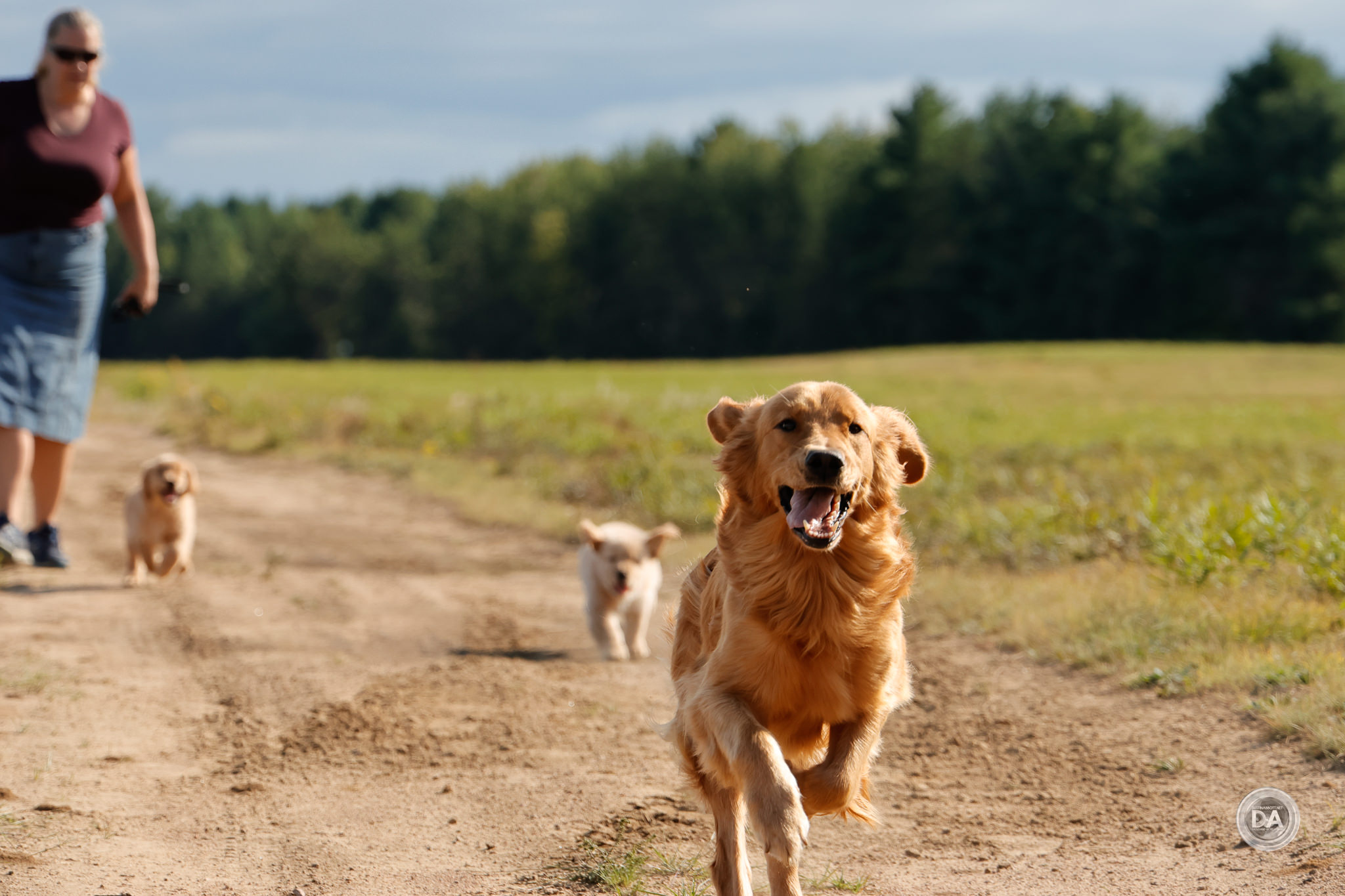
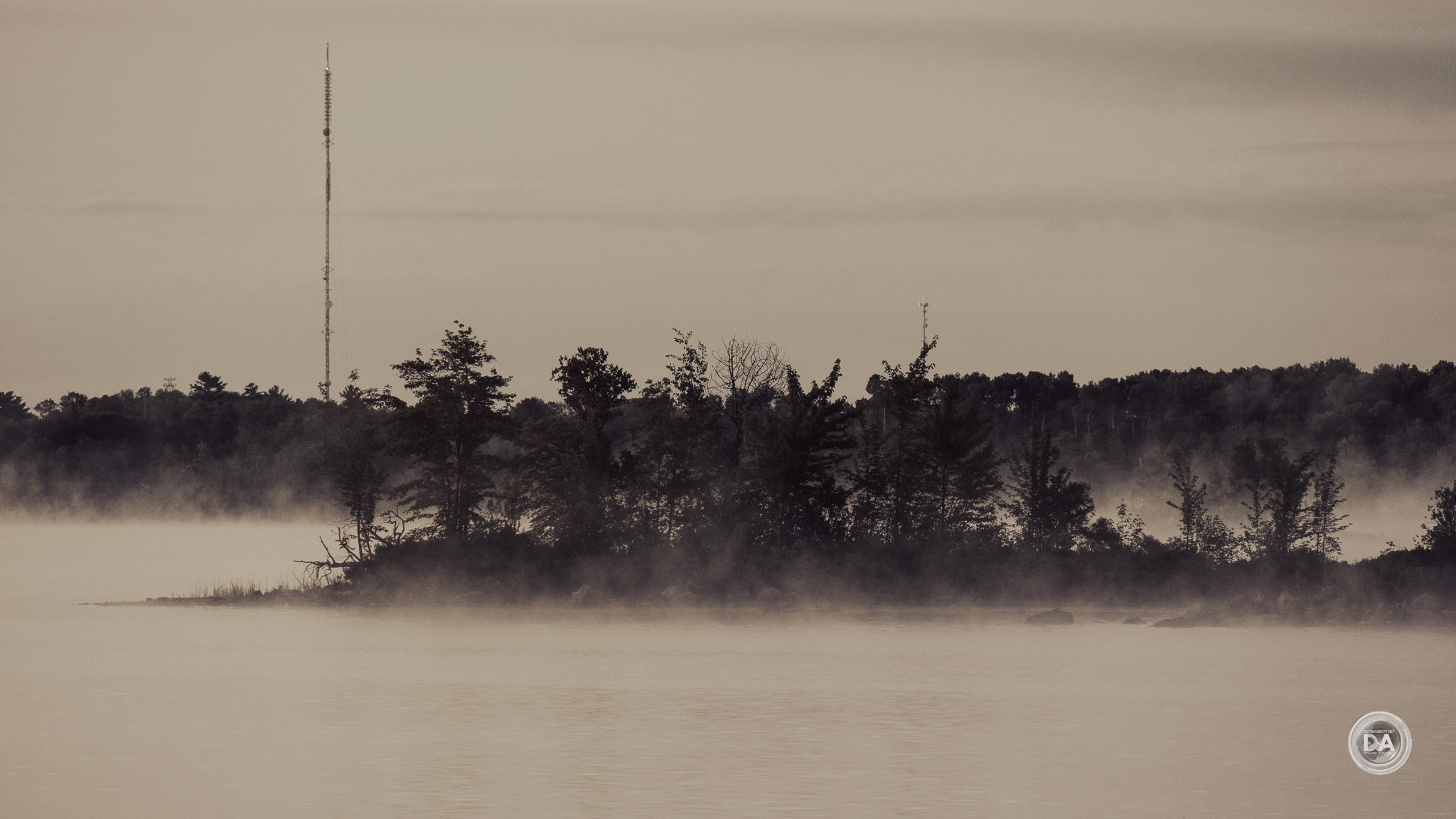
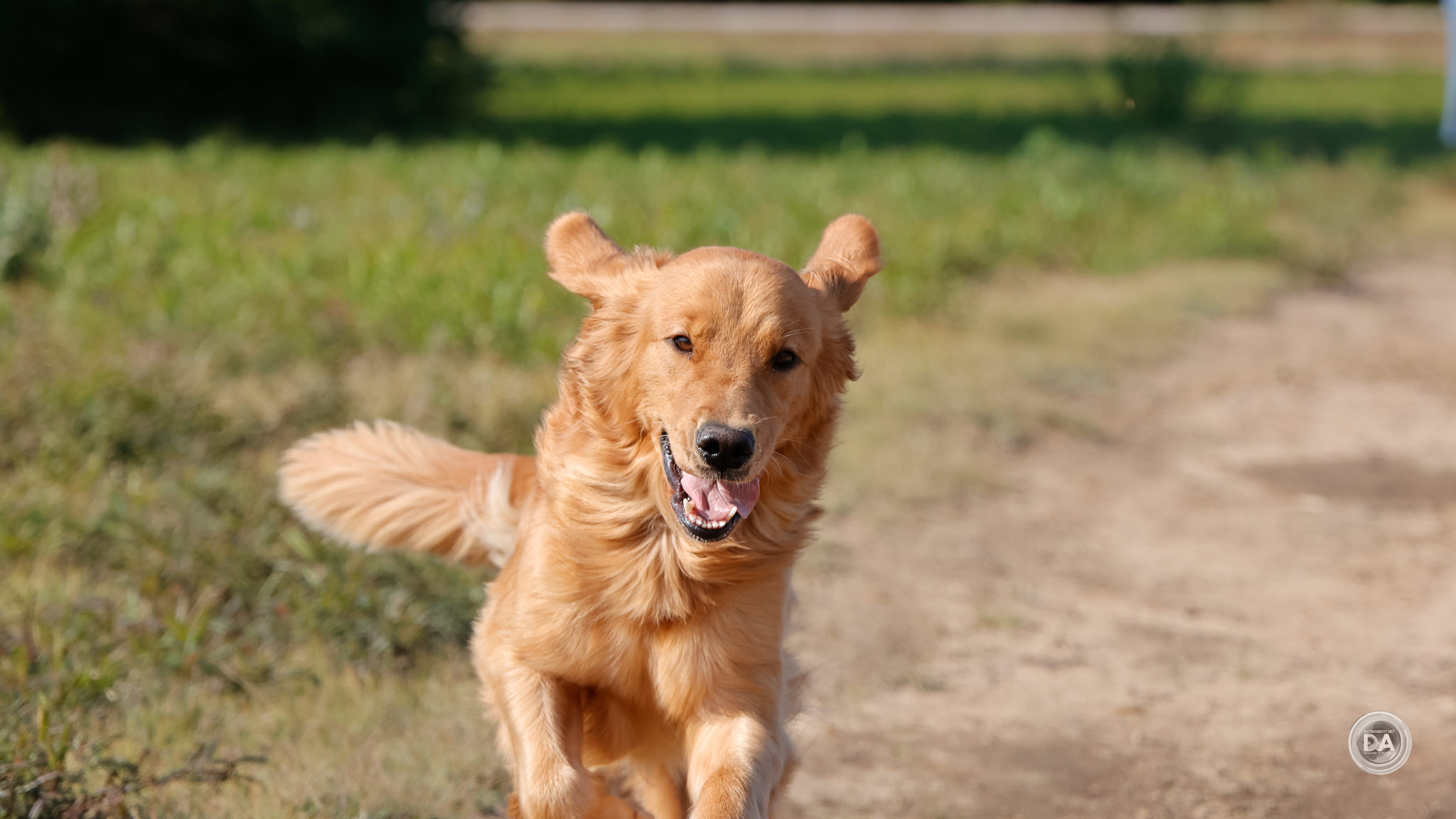
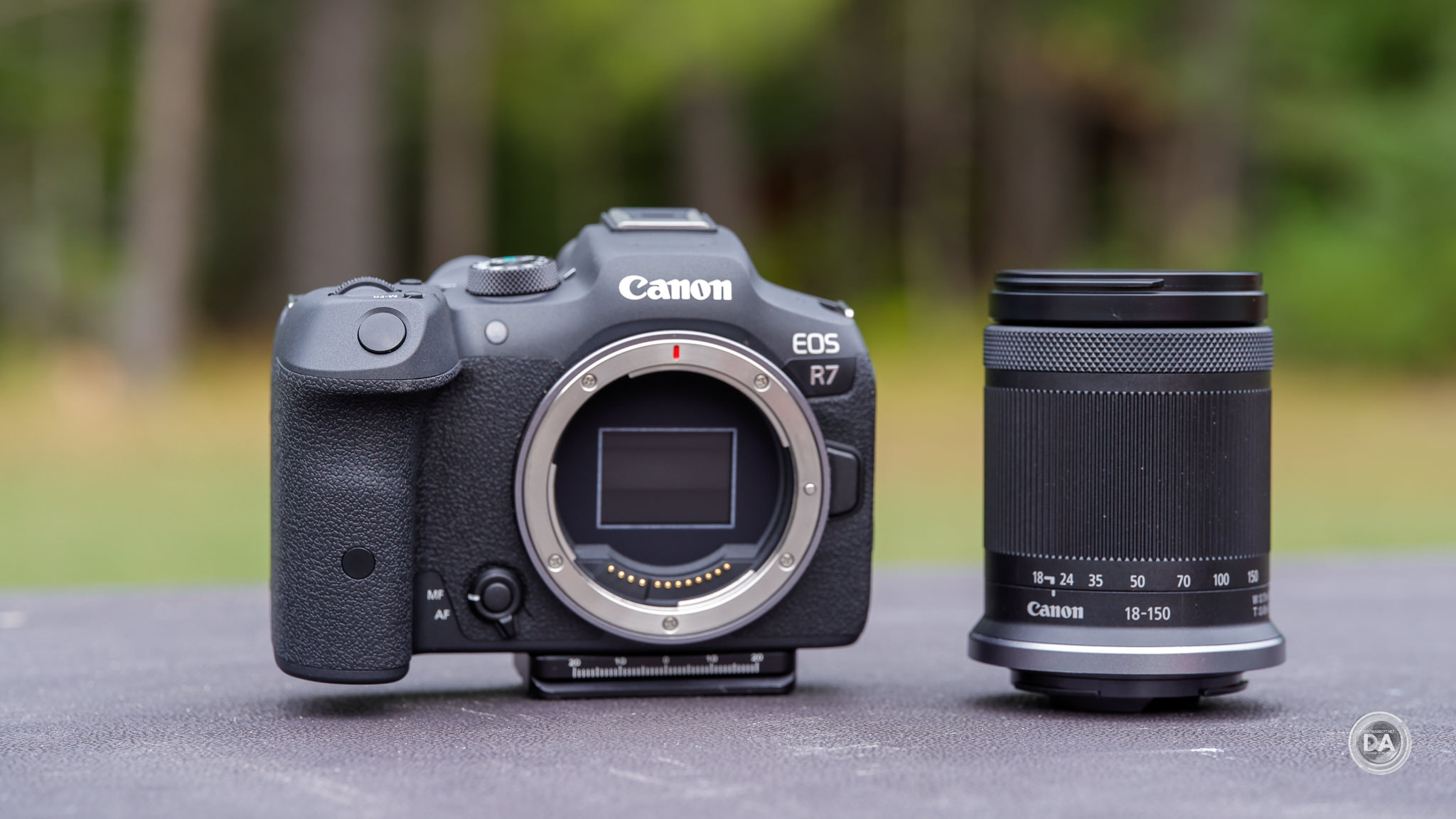
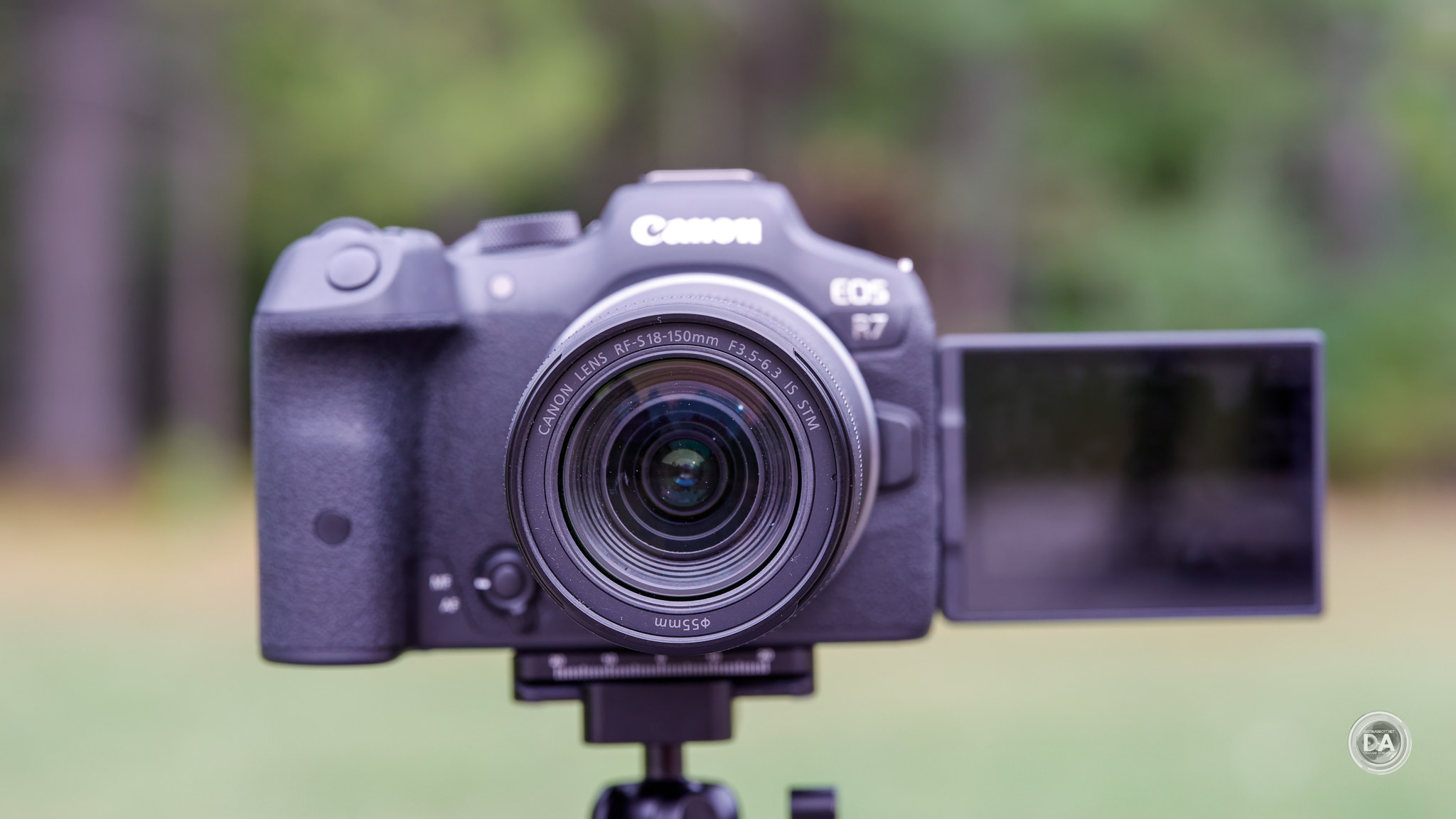
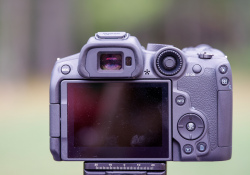
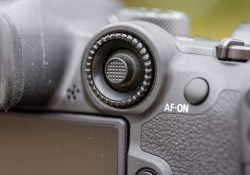
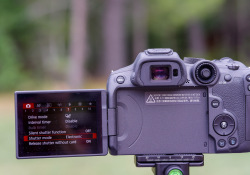


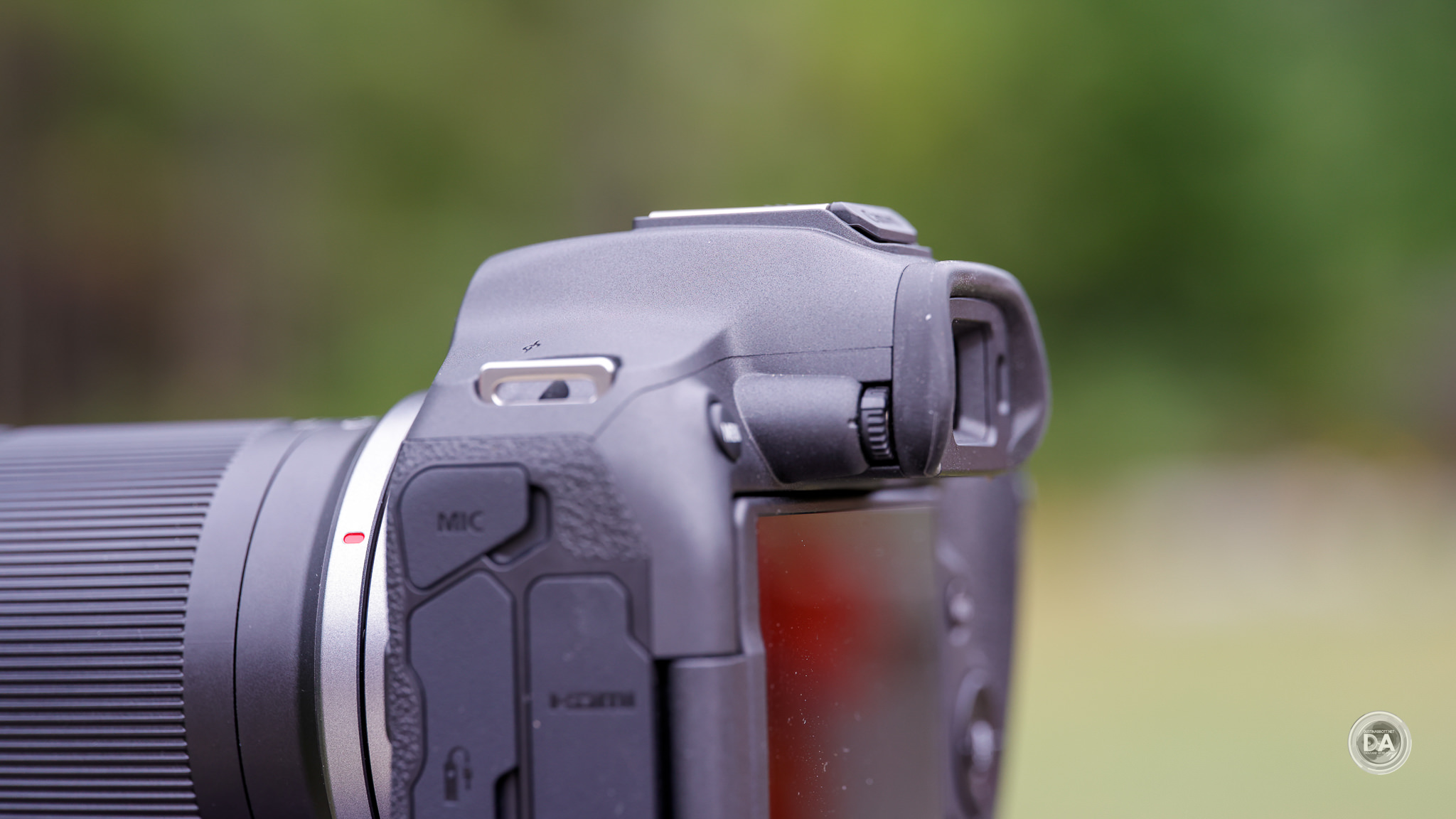

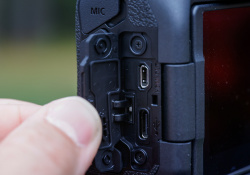

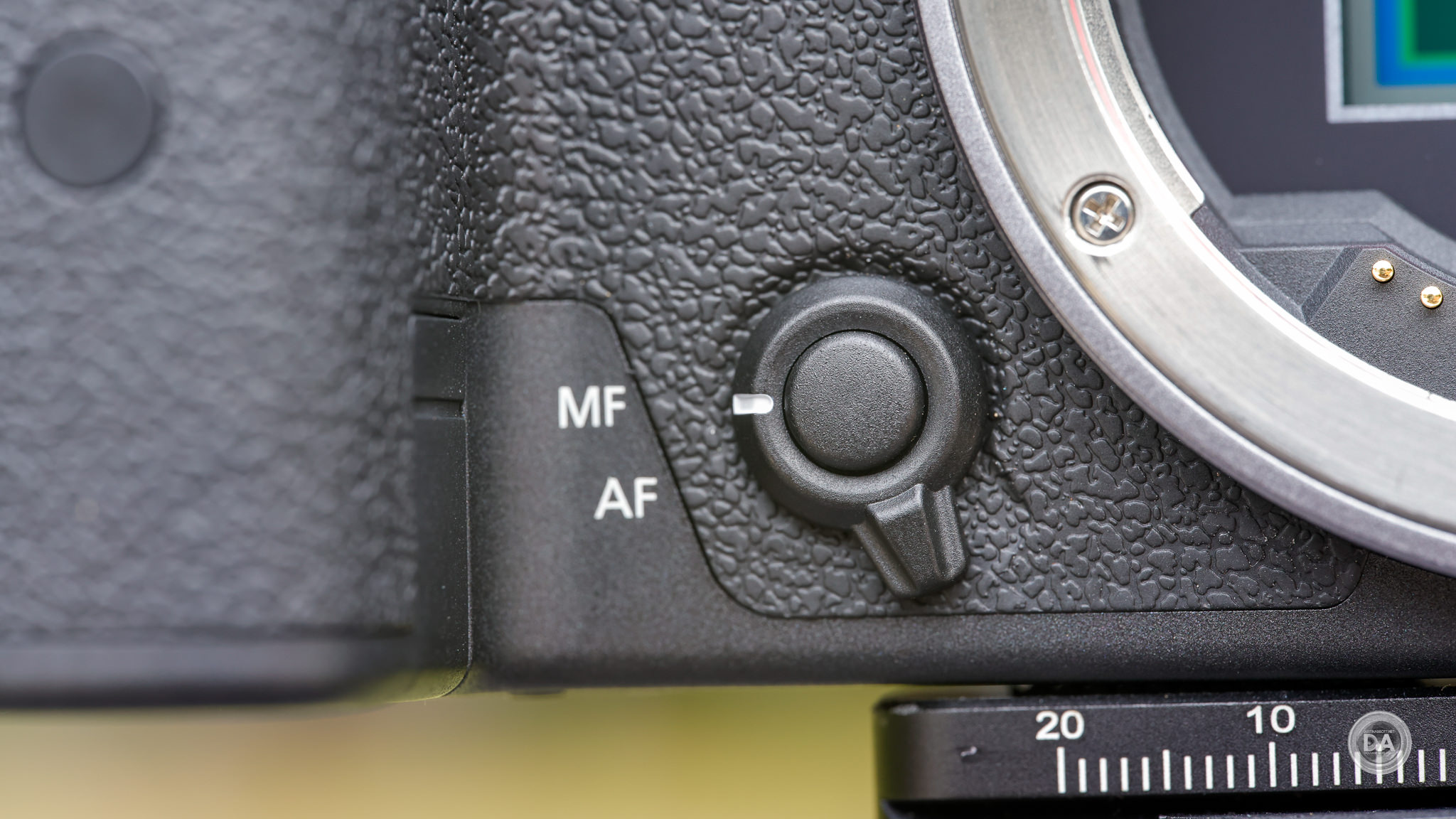
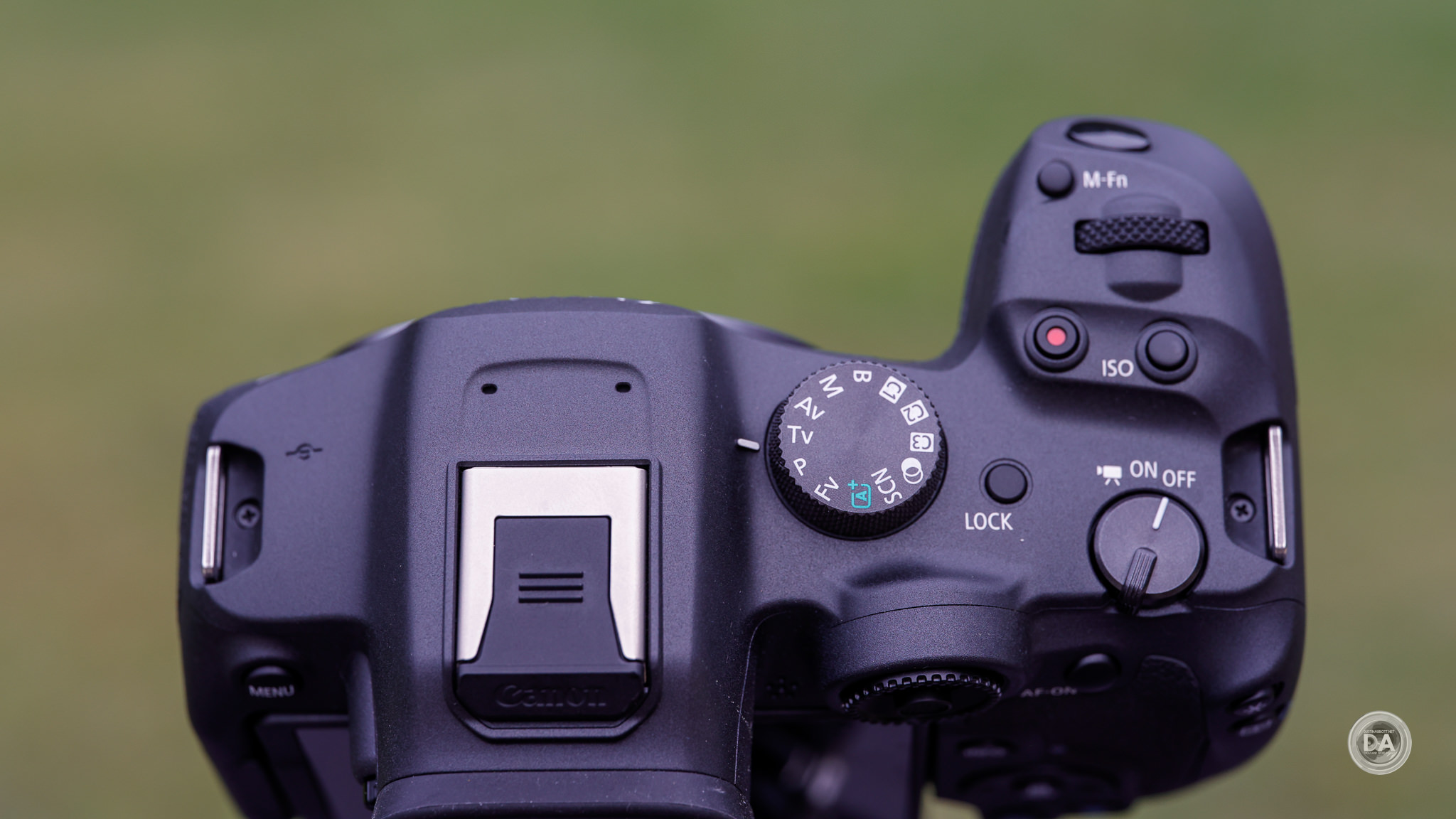
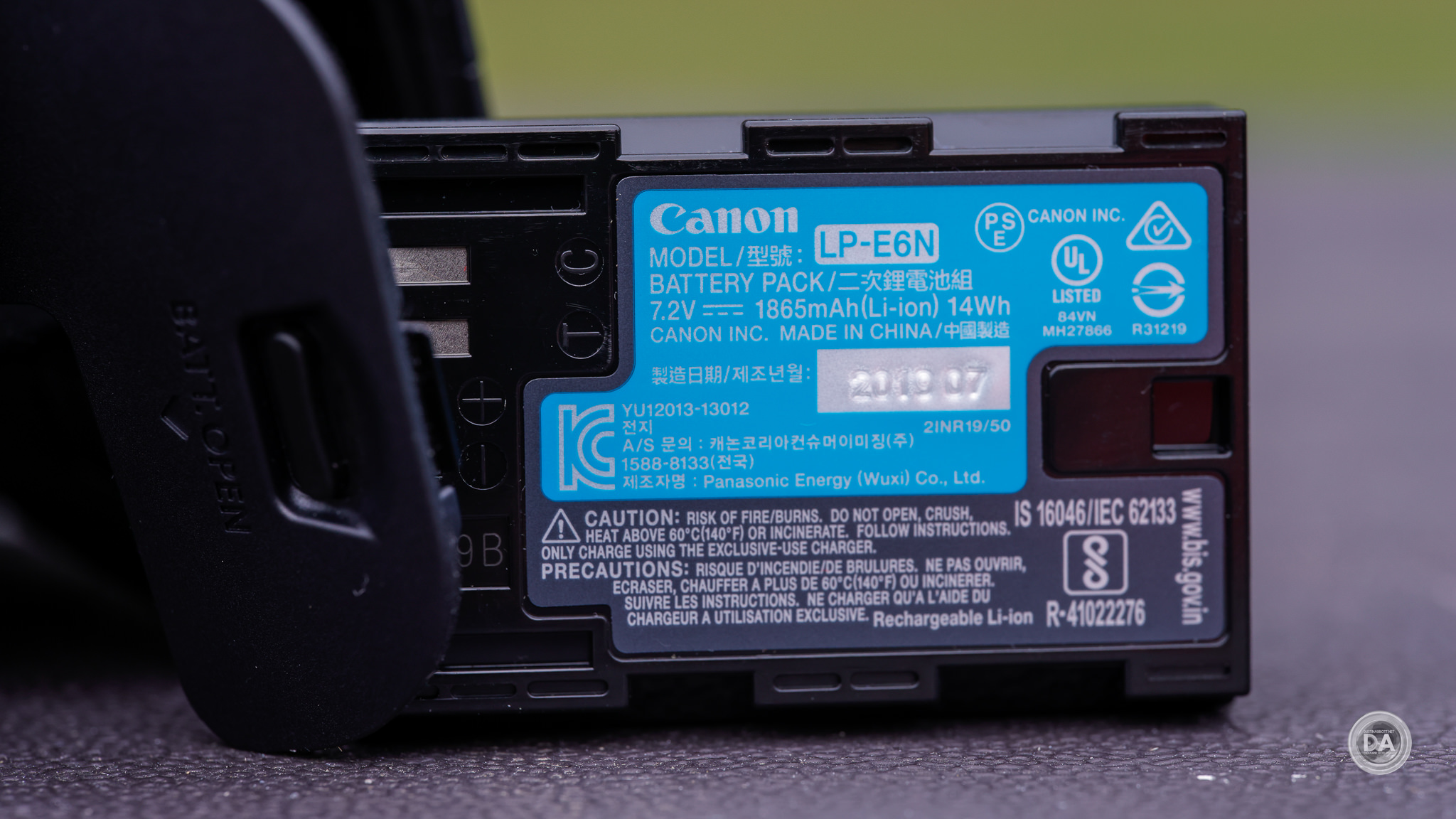


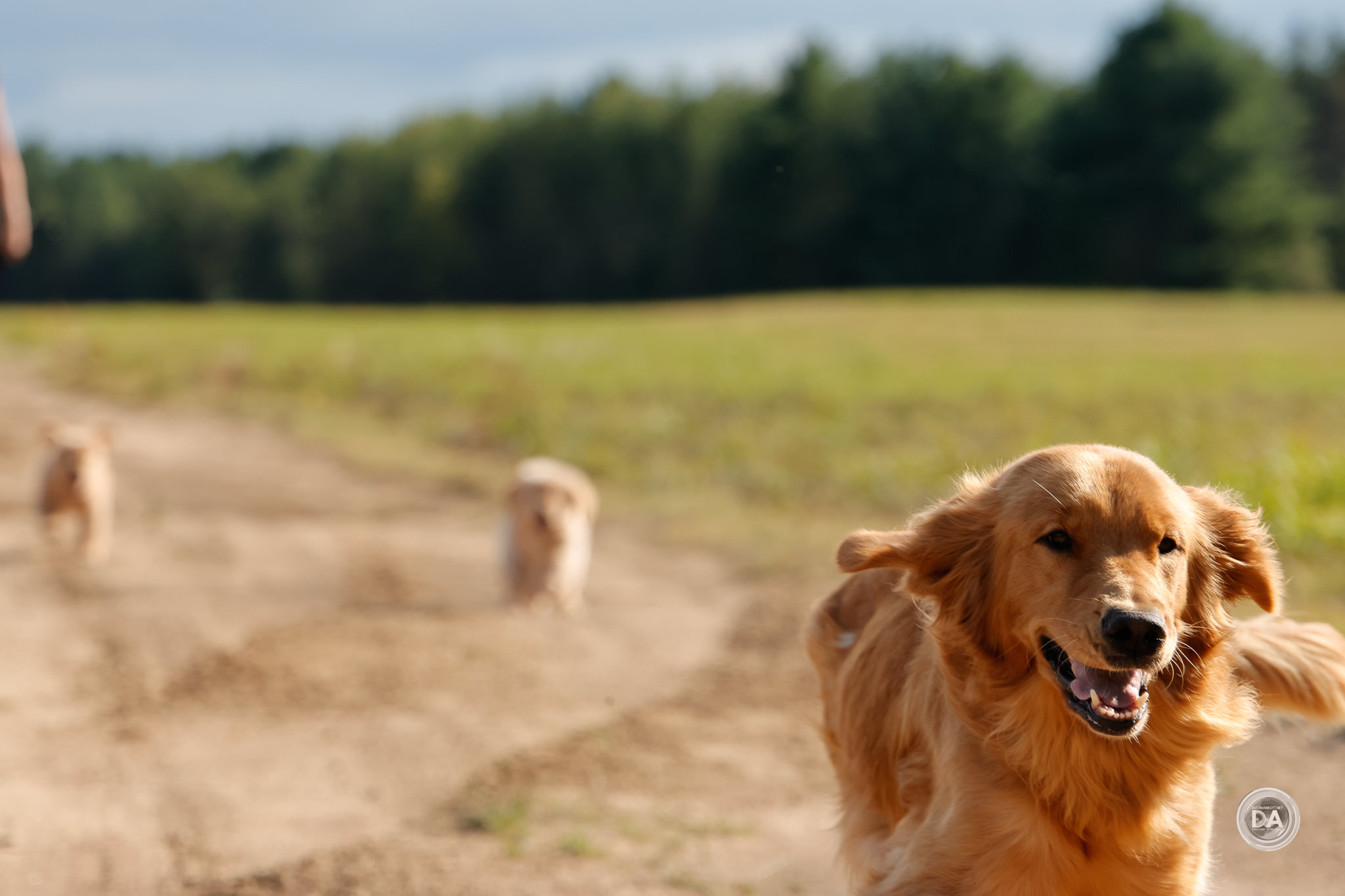
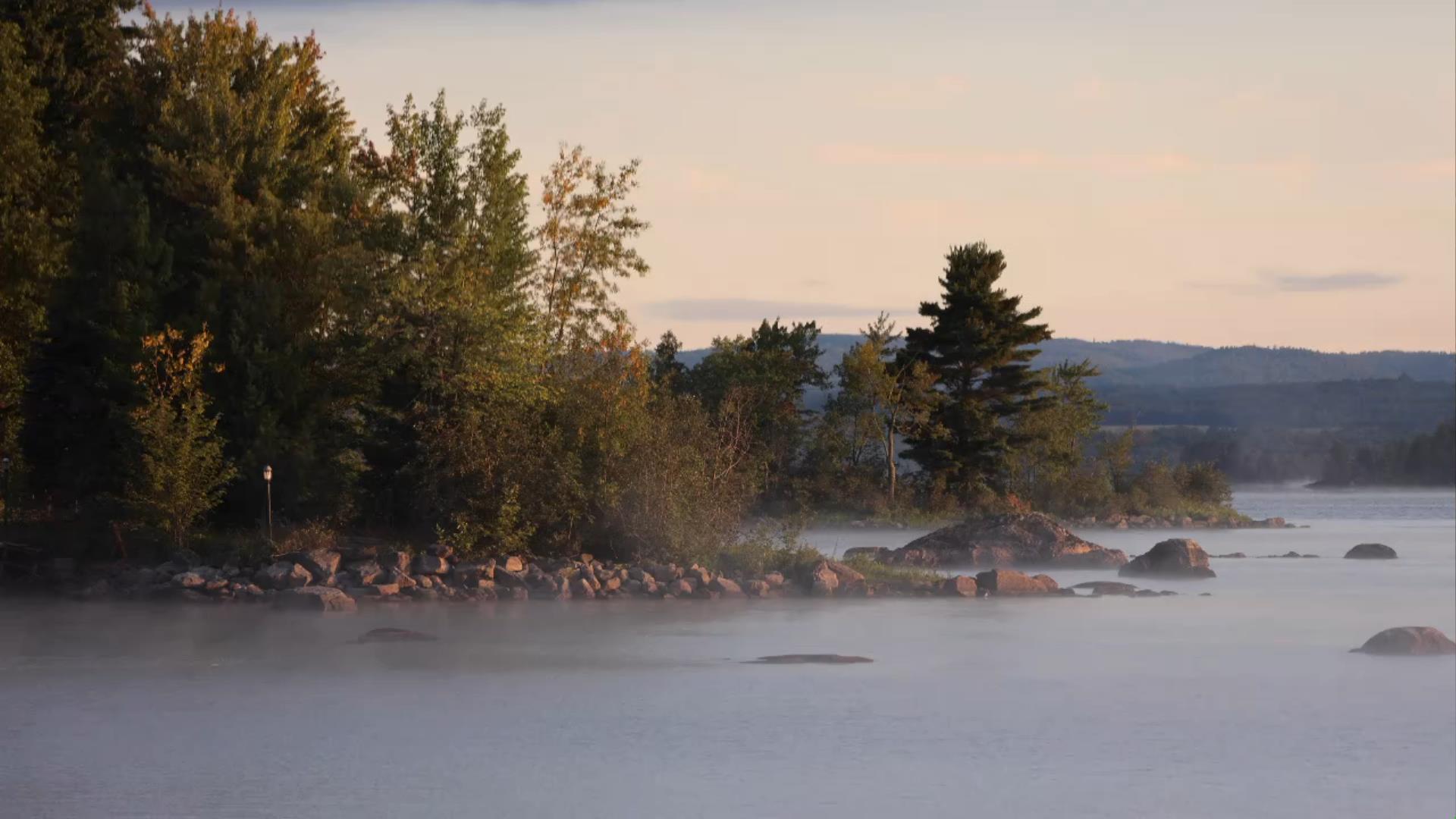
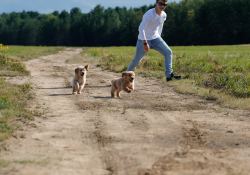
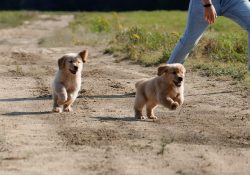





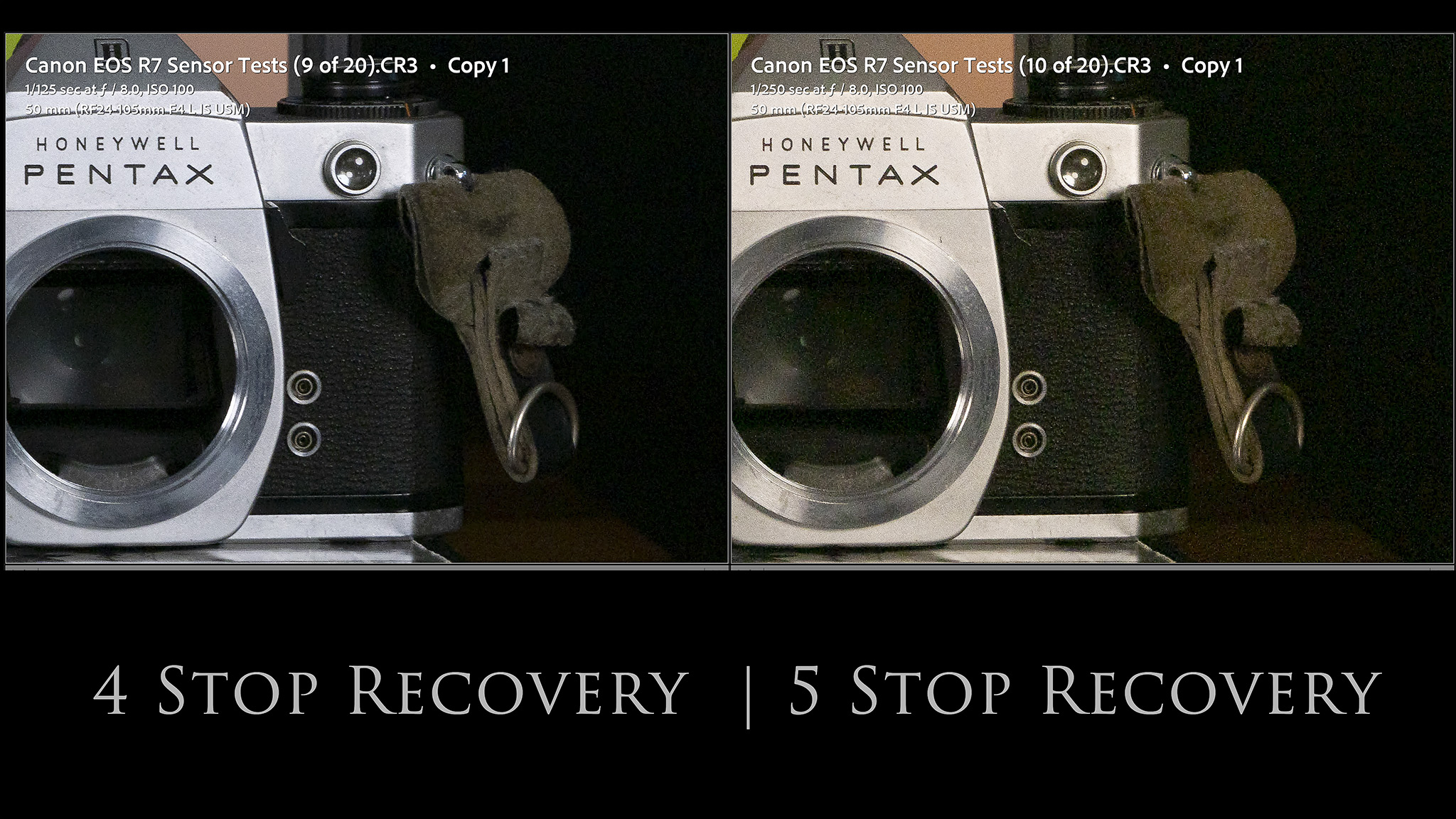
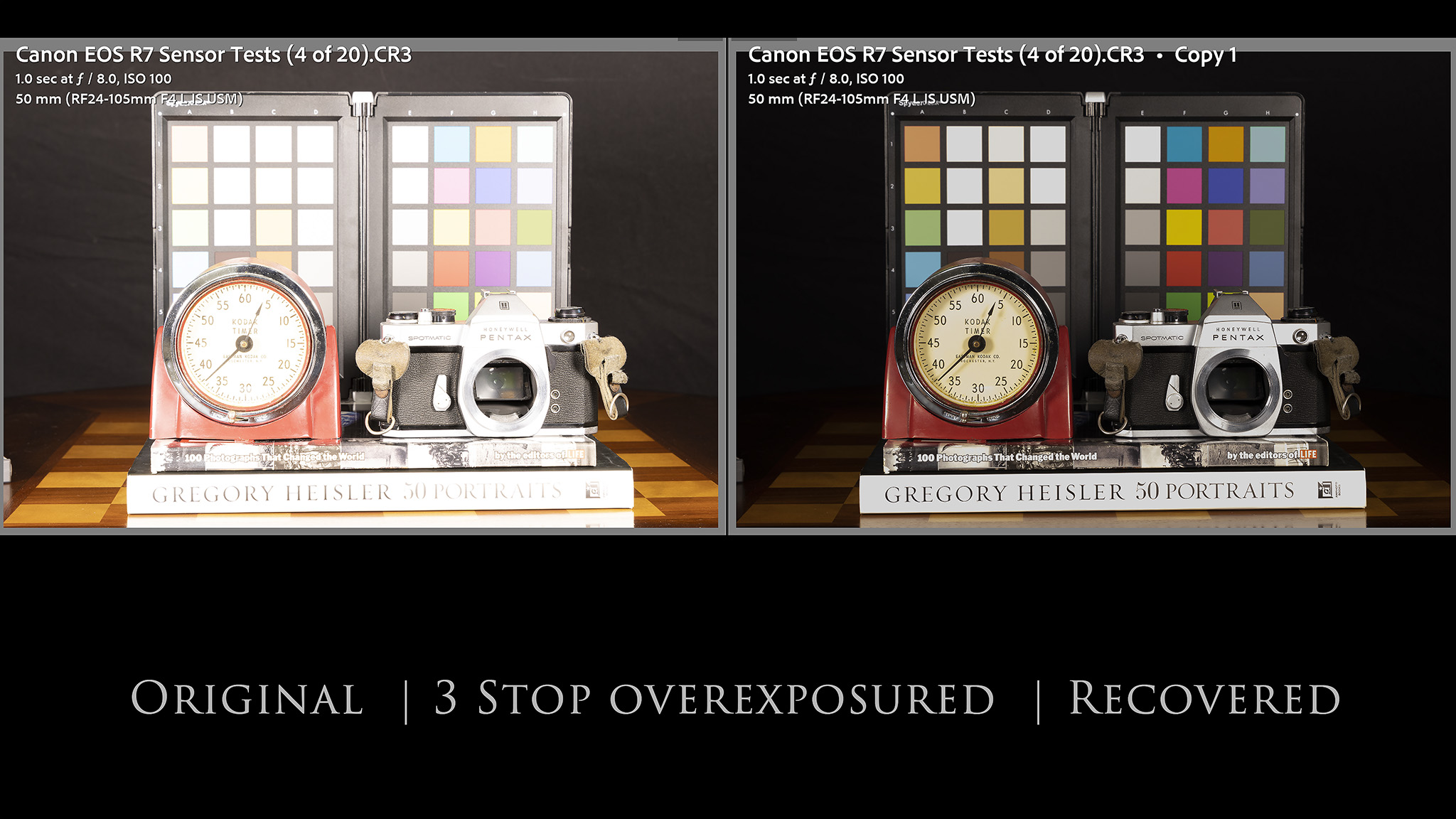
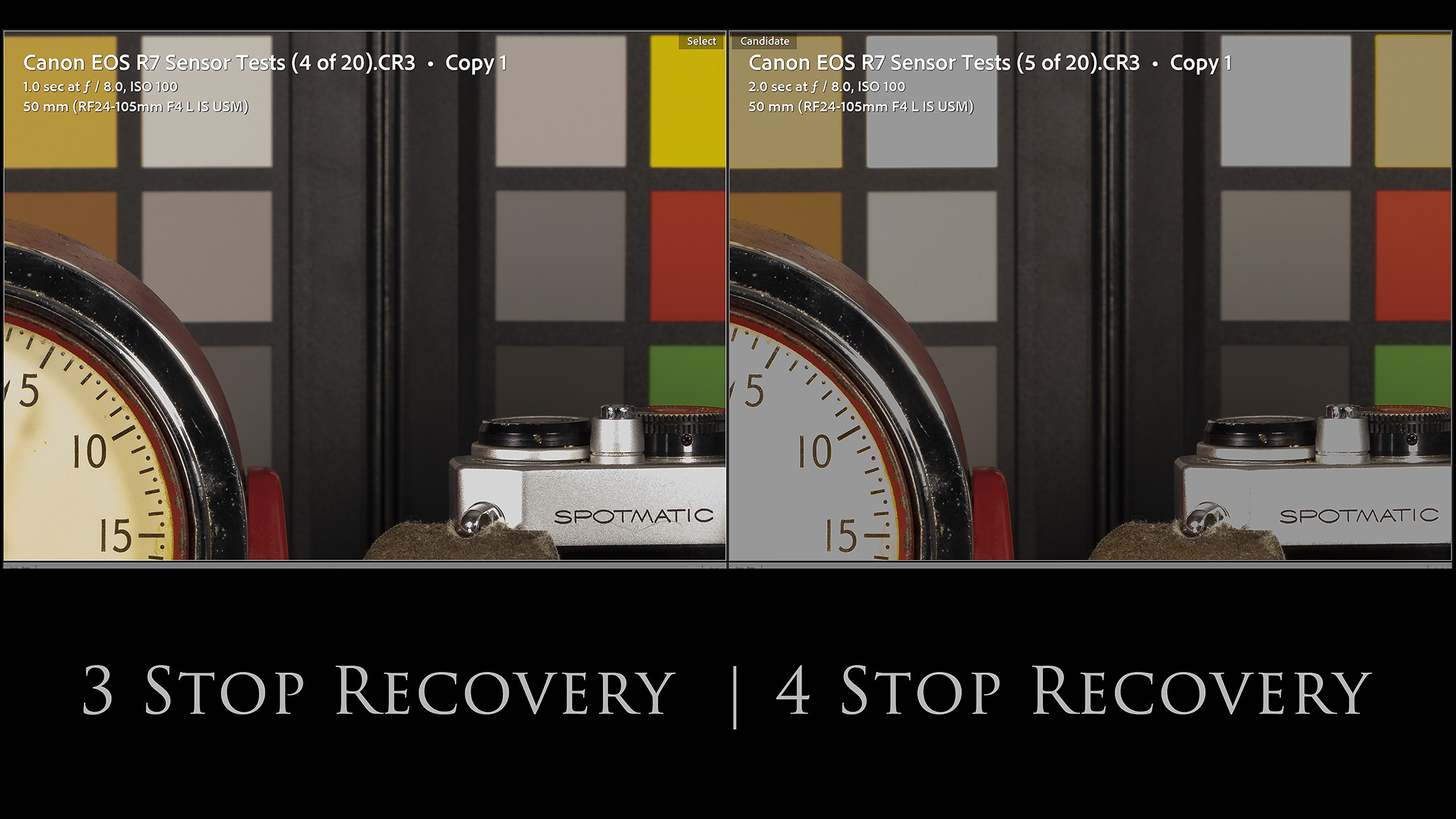
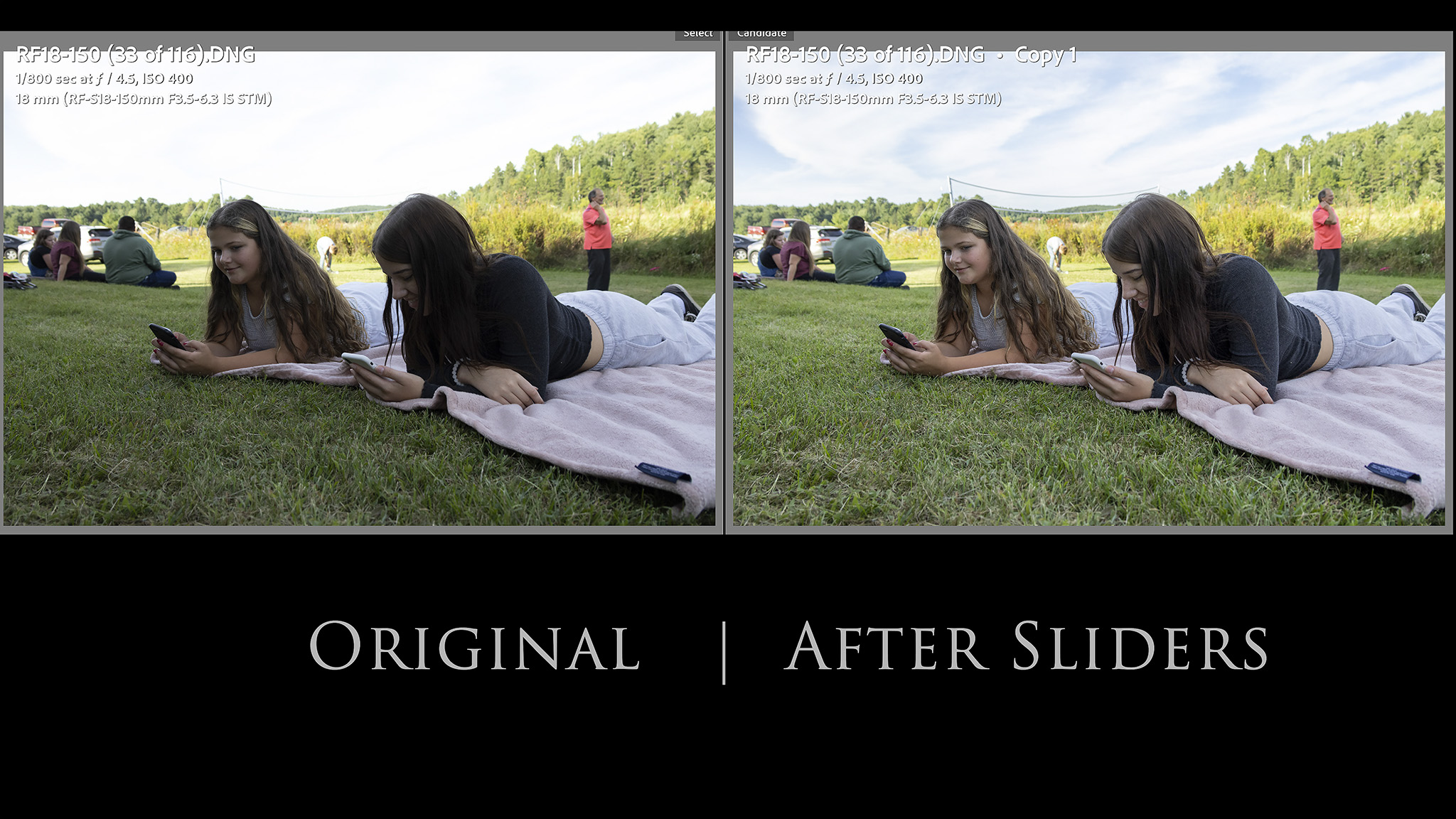
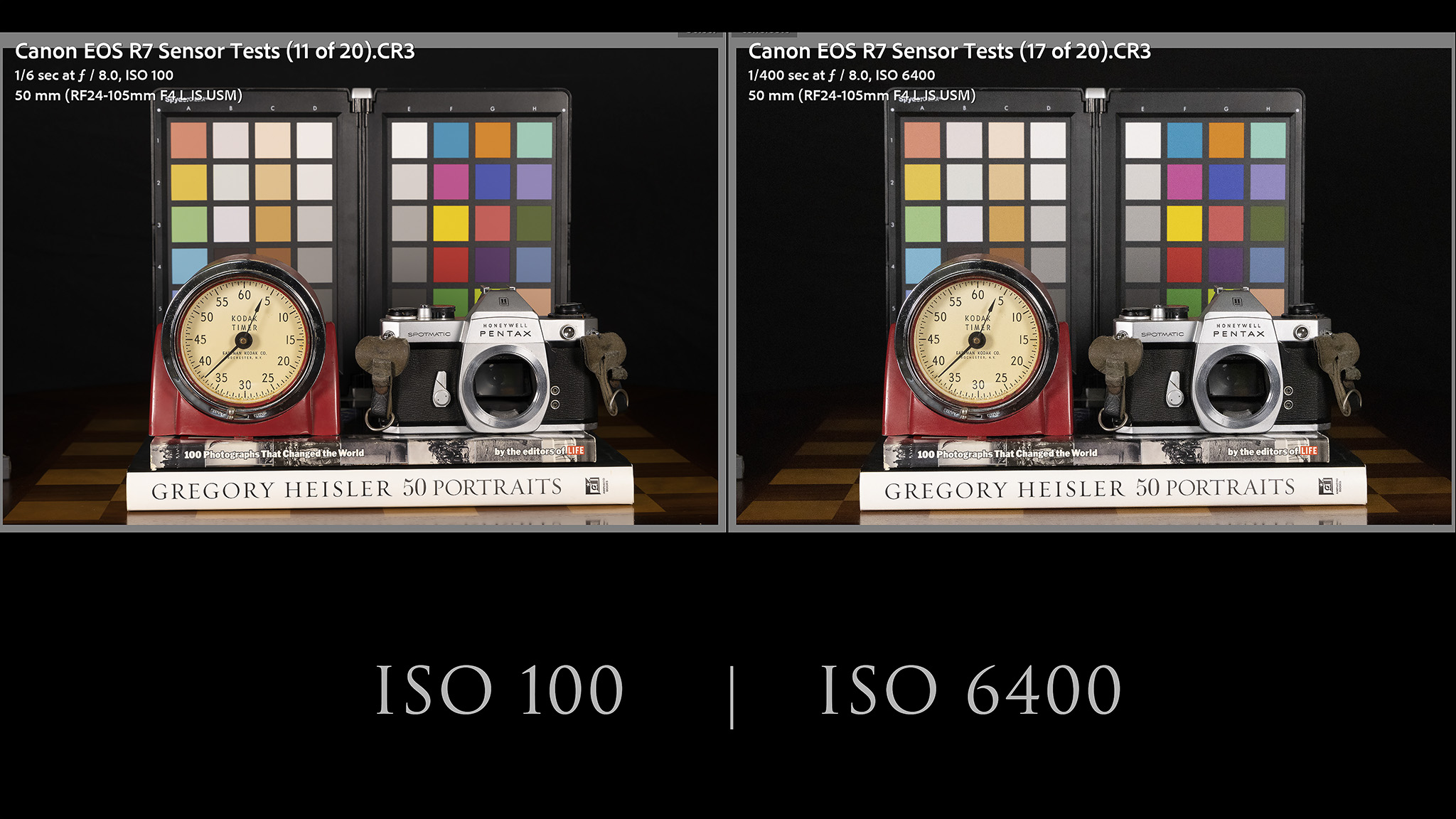

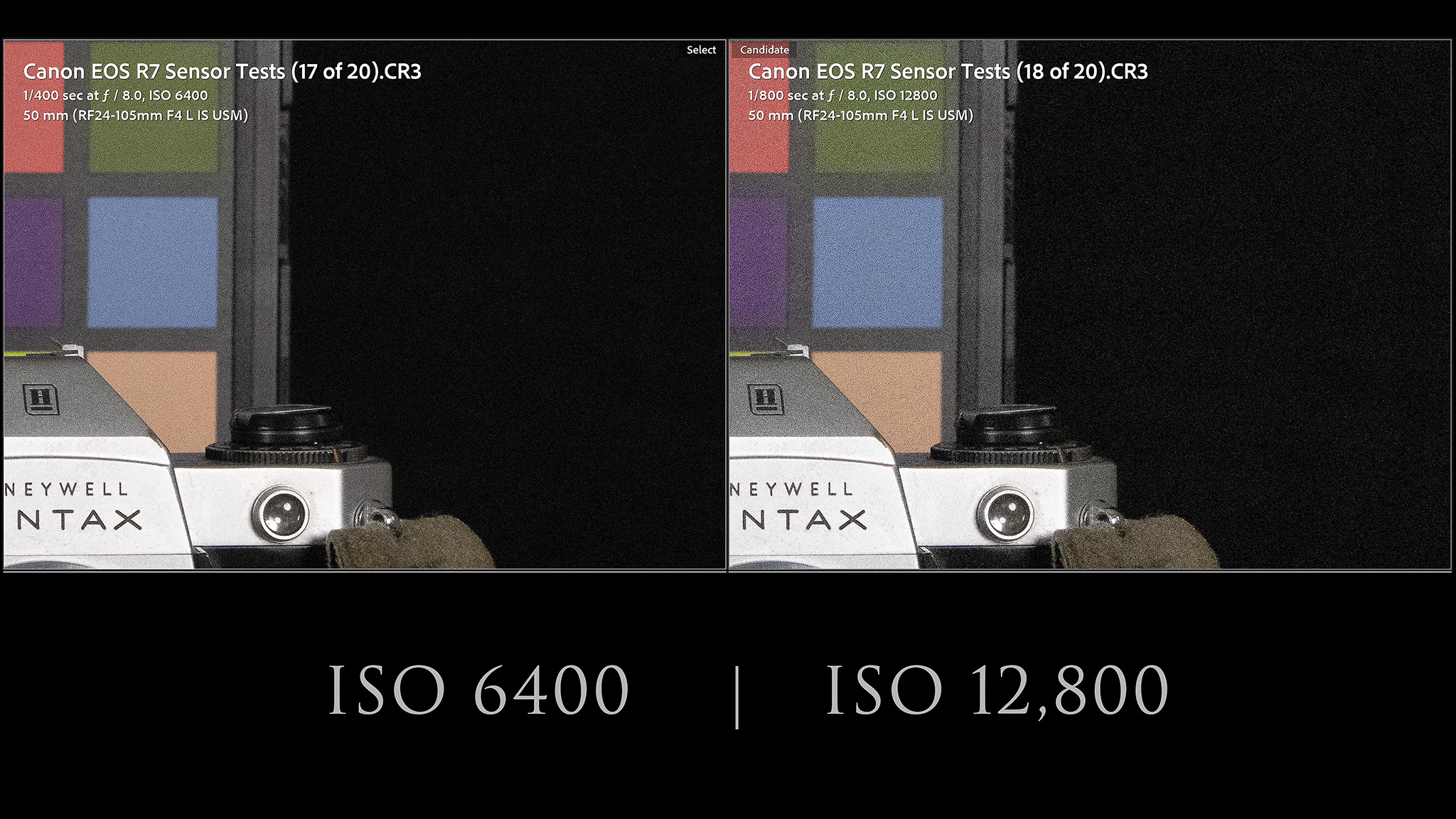
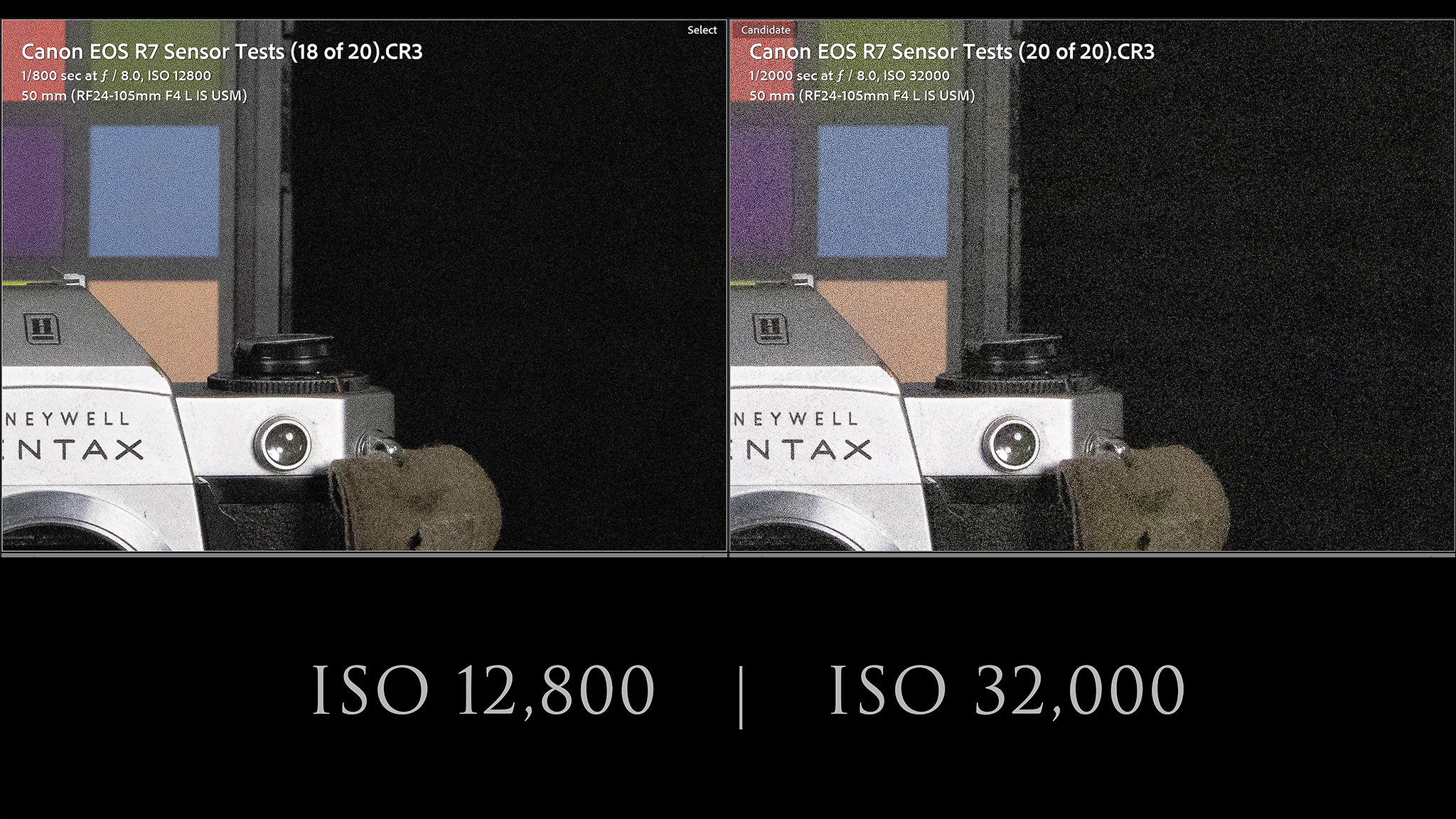




 Sirui Sniper 75mm F1.2 Review
Sirui Sniper 75mm F1.2 Review  Sirui Sniper 75mm F1.2 Gallery
Sirui Sniper 75mm F1.2 Gallery  Tamron 70-300mm F4.5-6.3 RXD Z-mount Review
Tamron 70-300mm F4.5-6.3 RXD Z-mount Review  Nikkor Z 40mm F2 Review
Nikkor Z 40mm F2 Review 






One thought on “Canon EOS R7 Review”